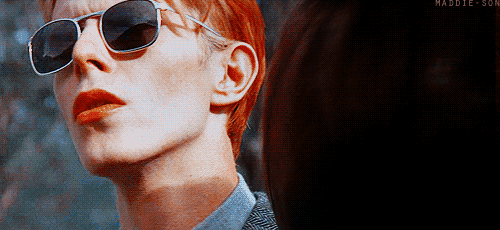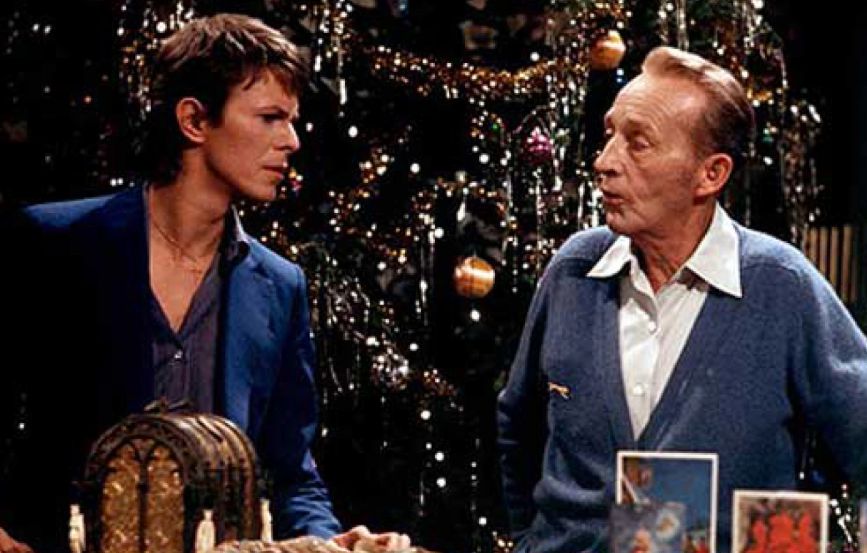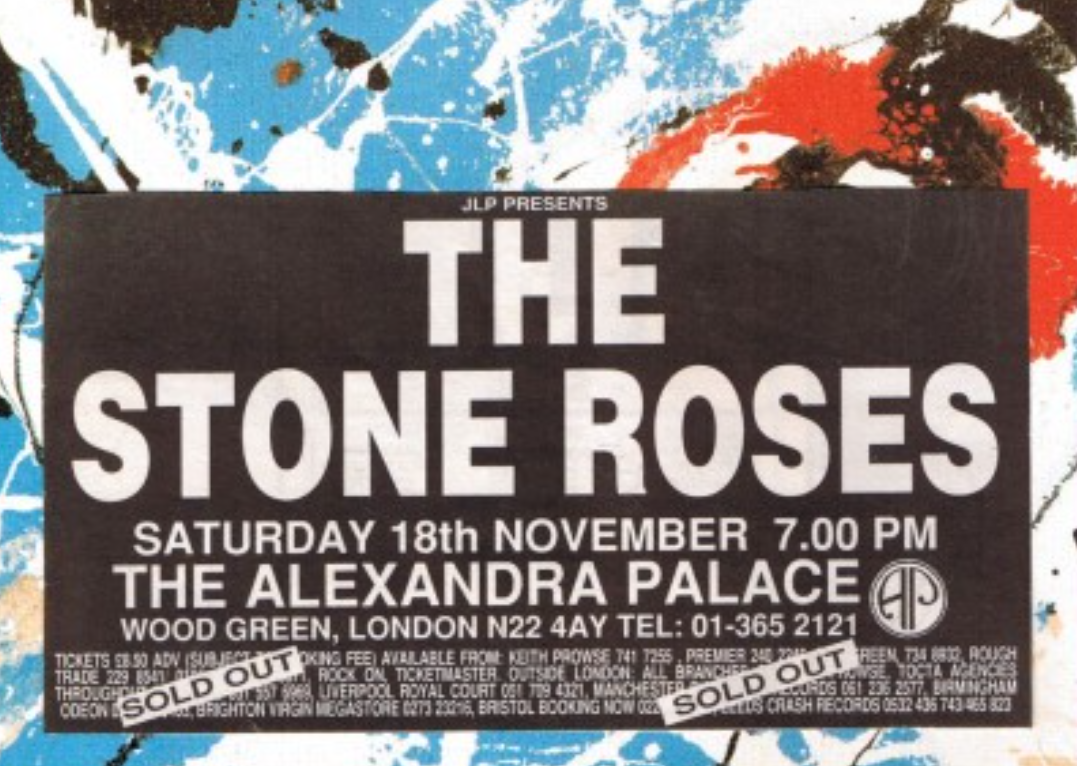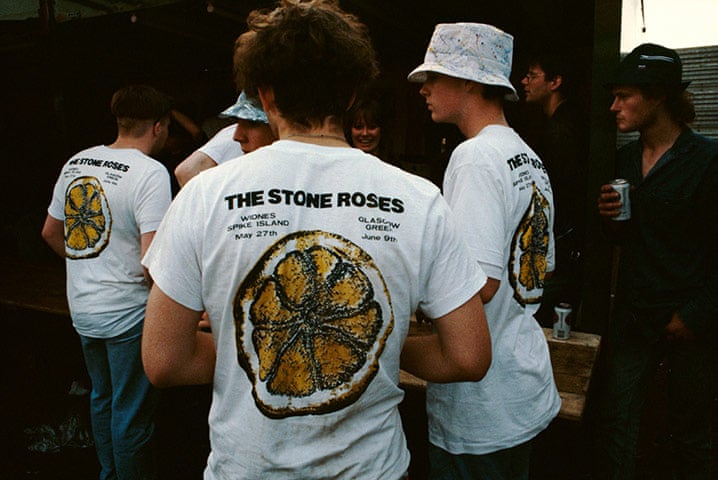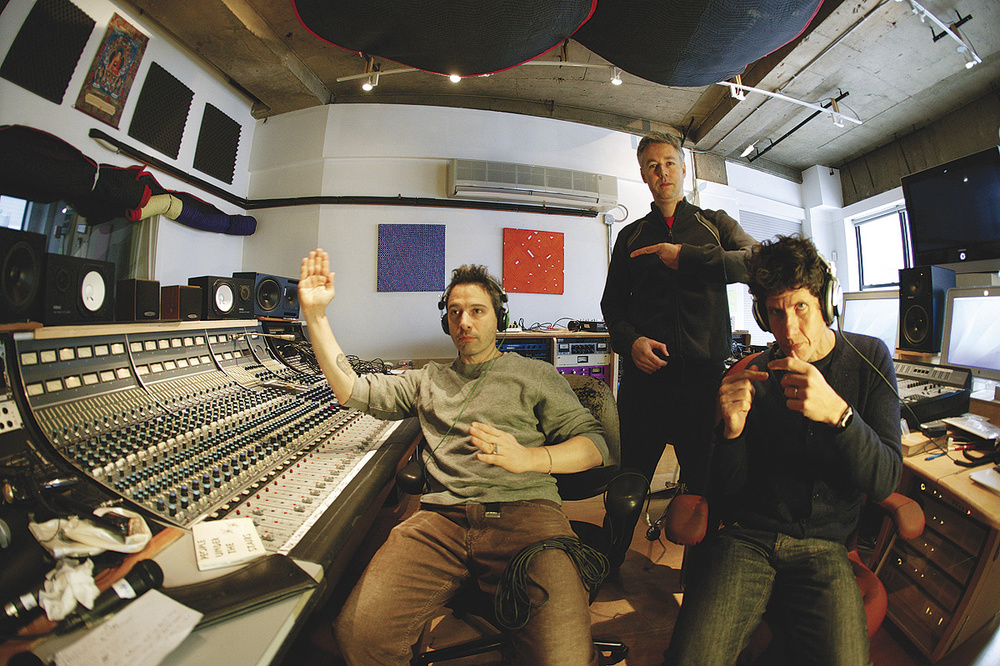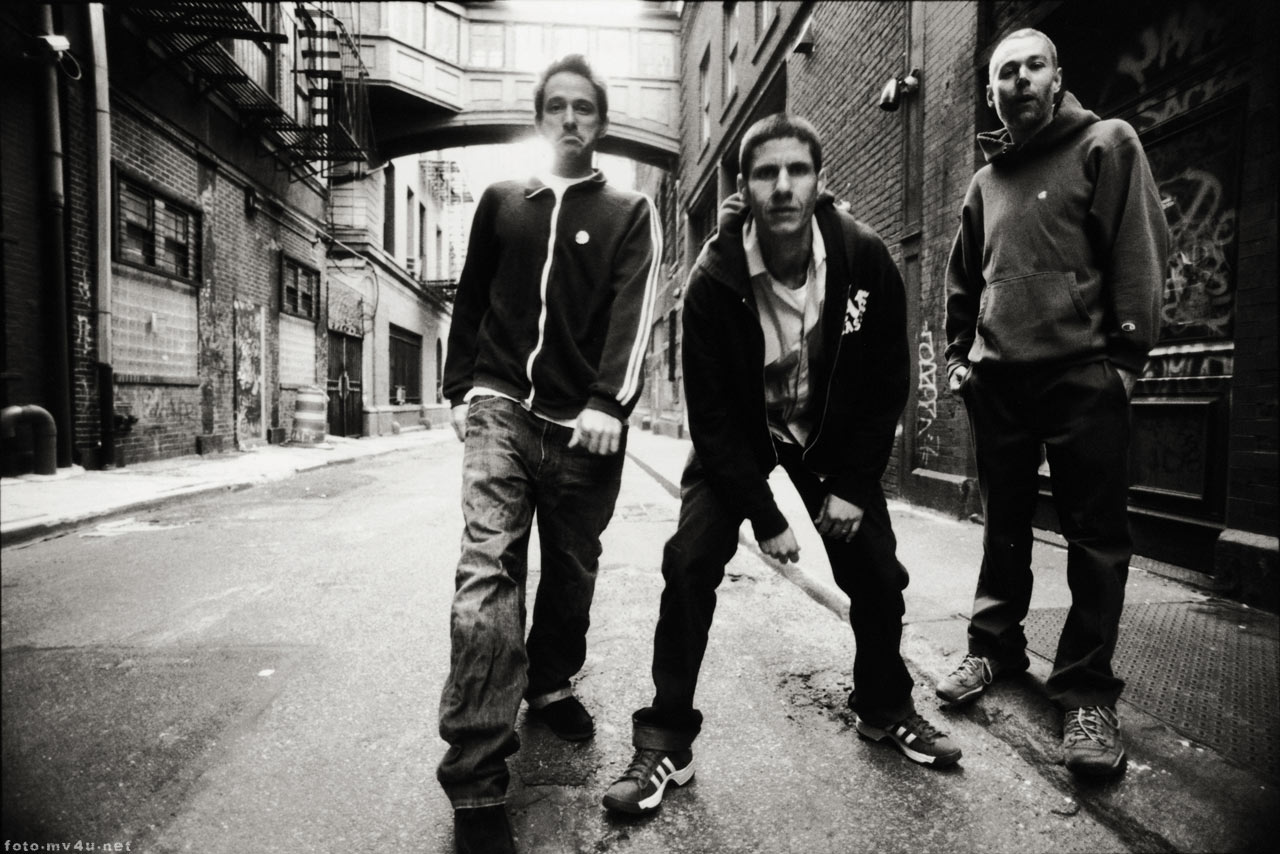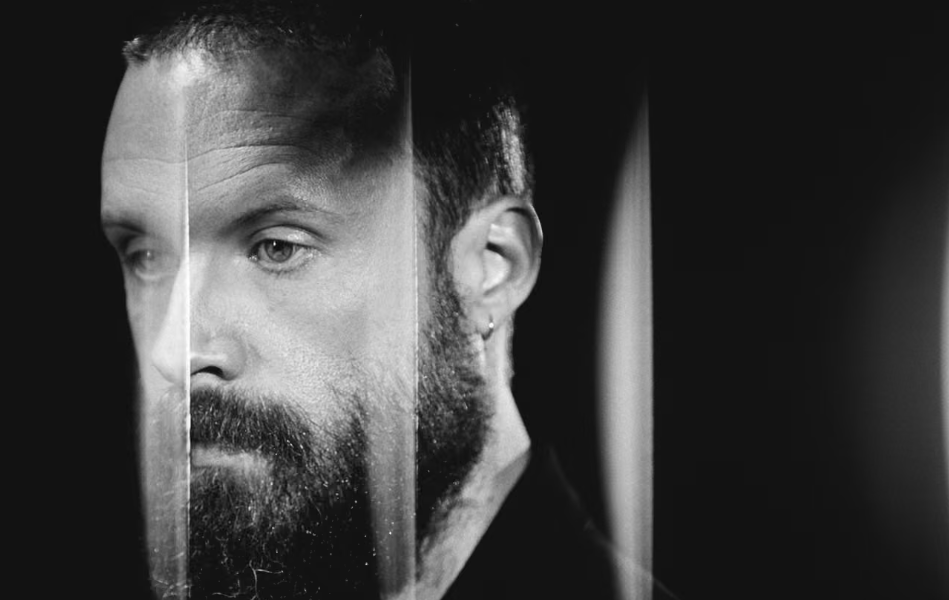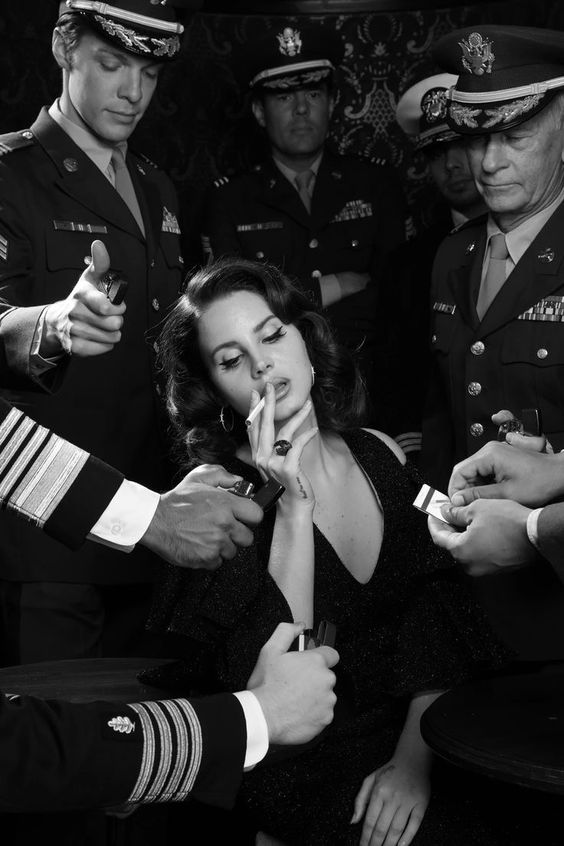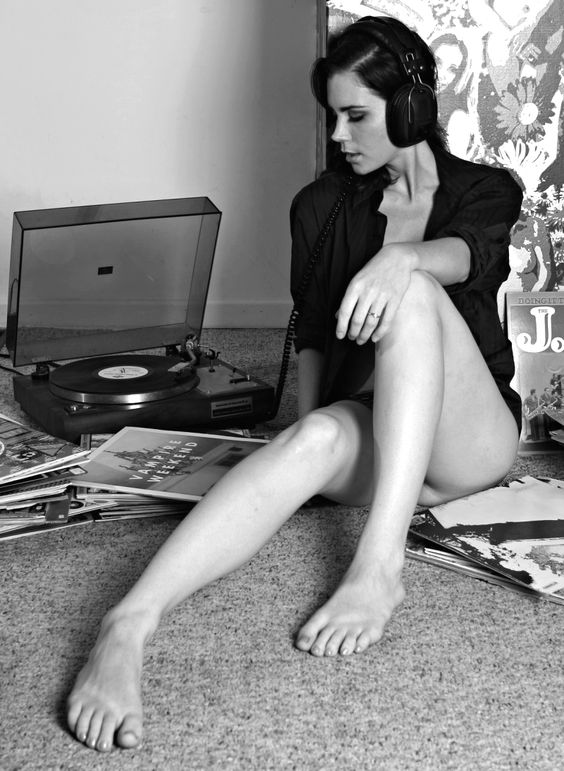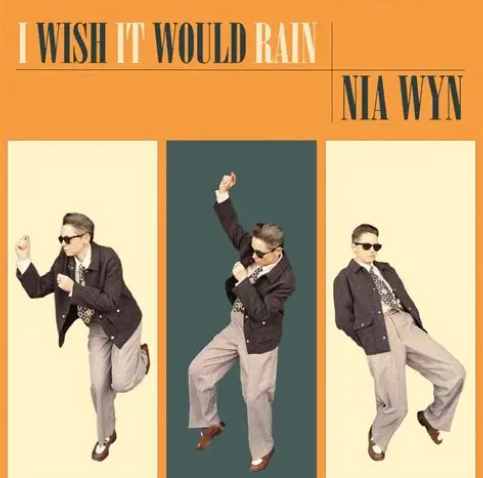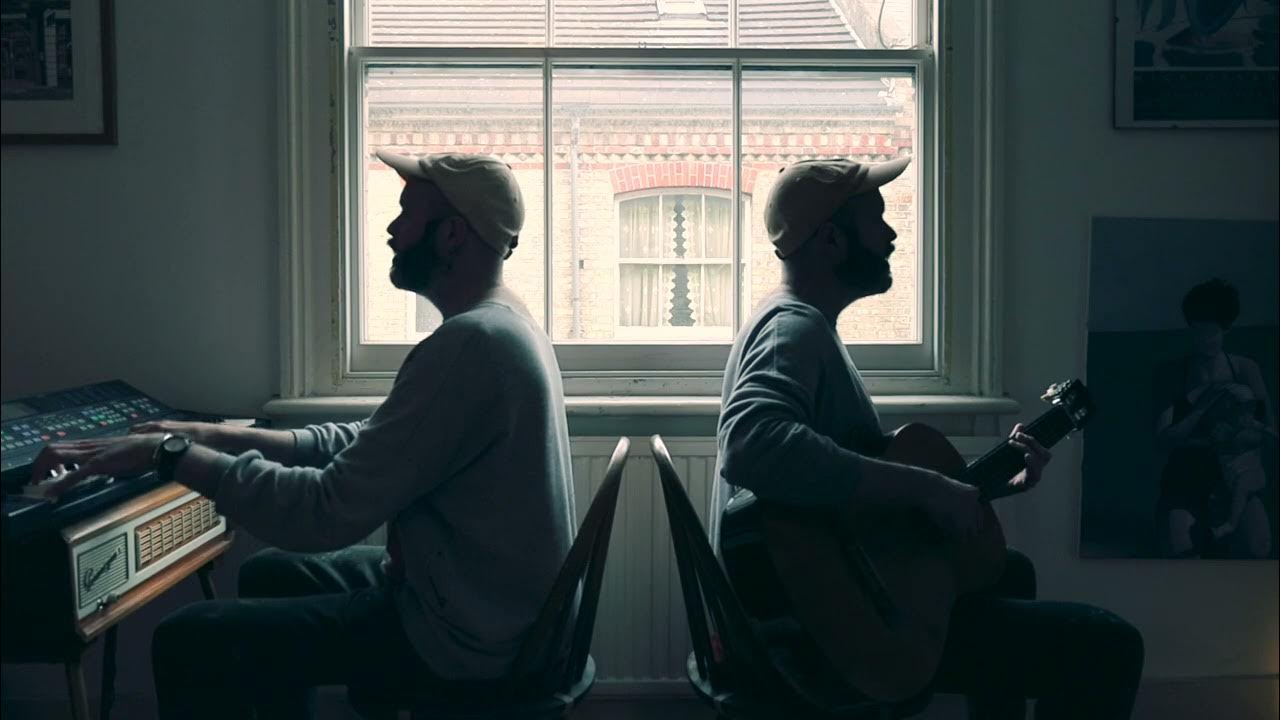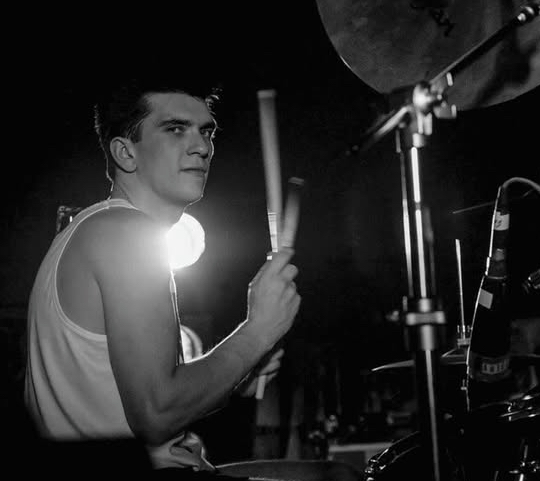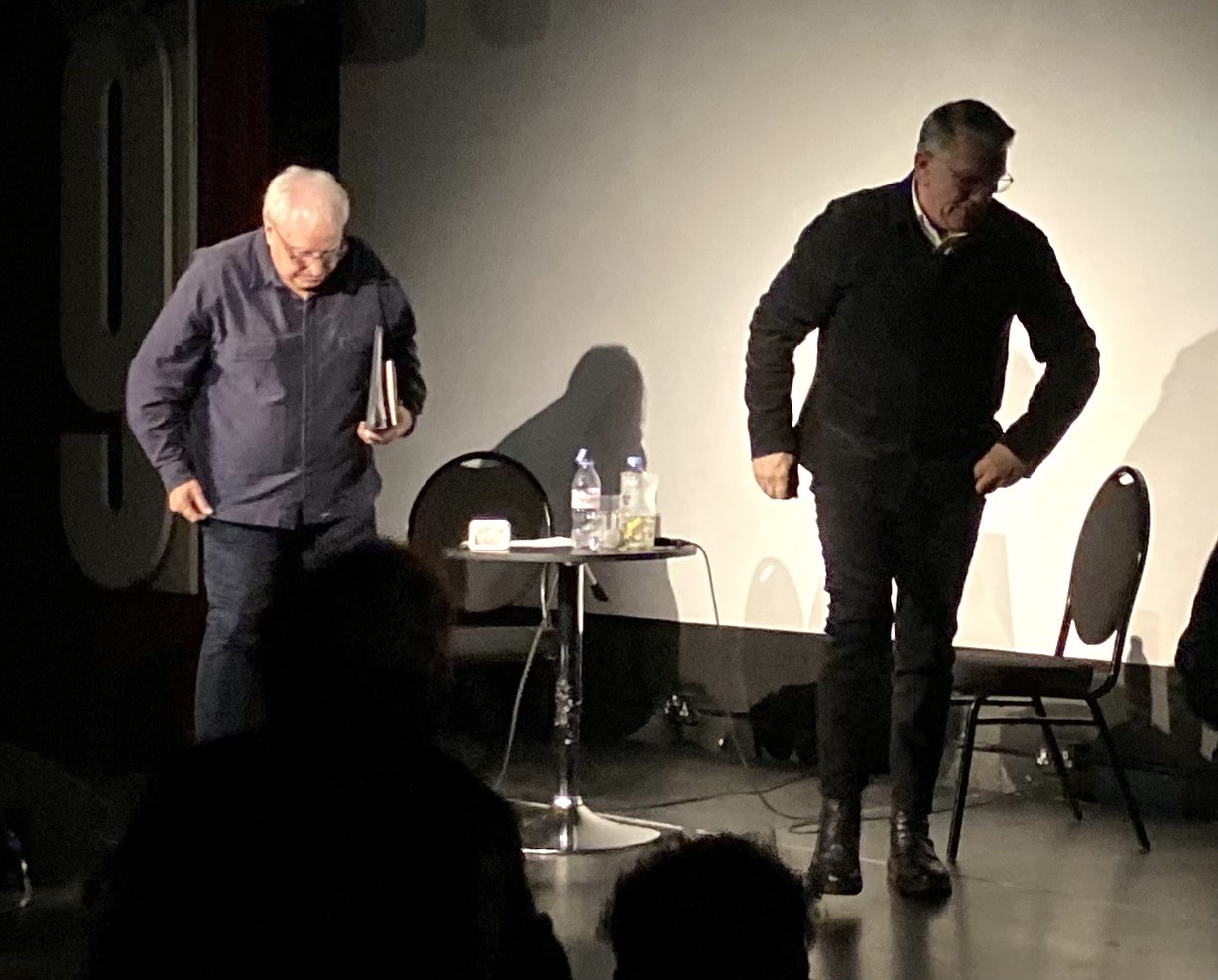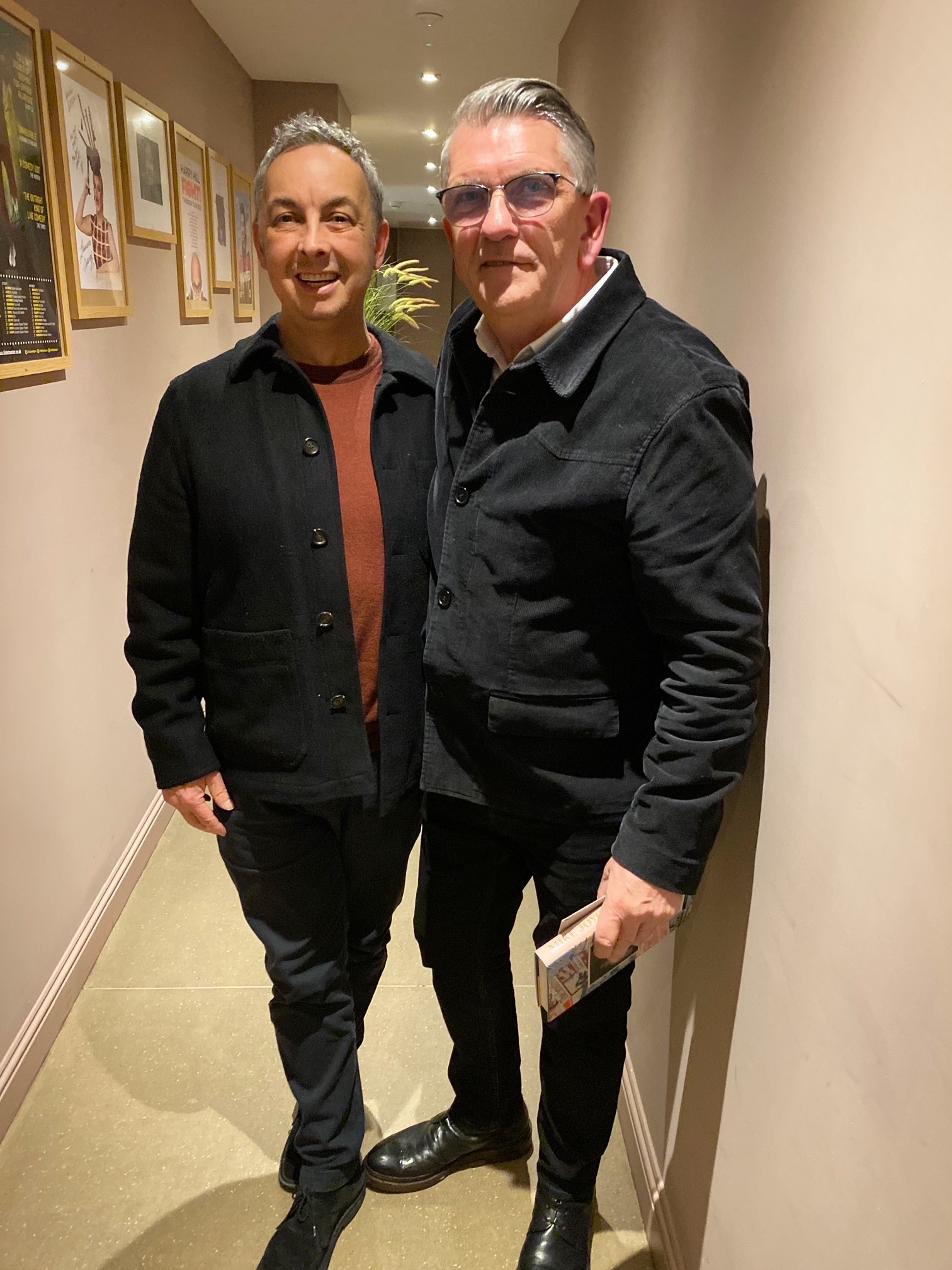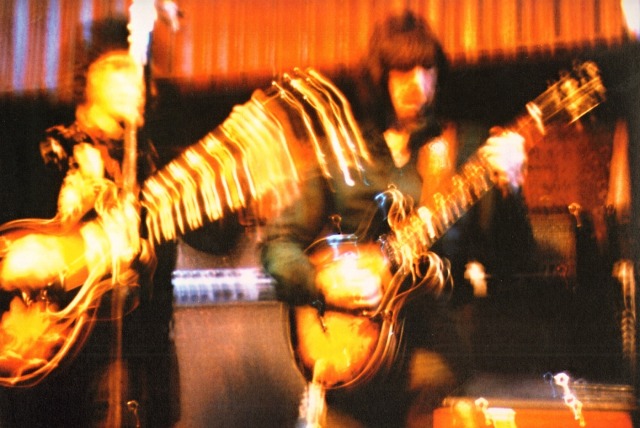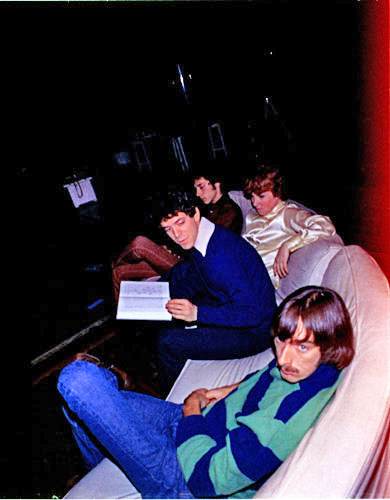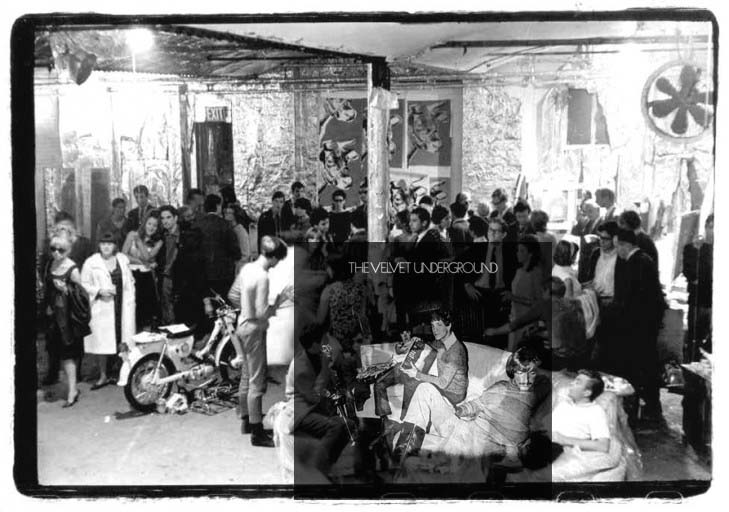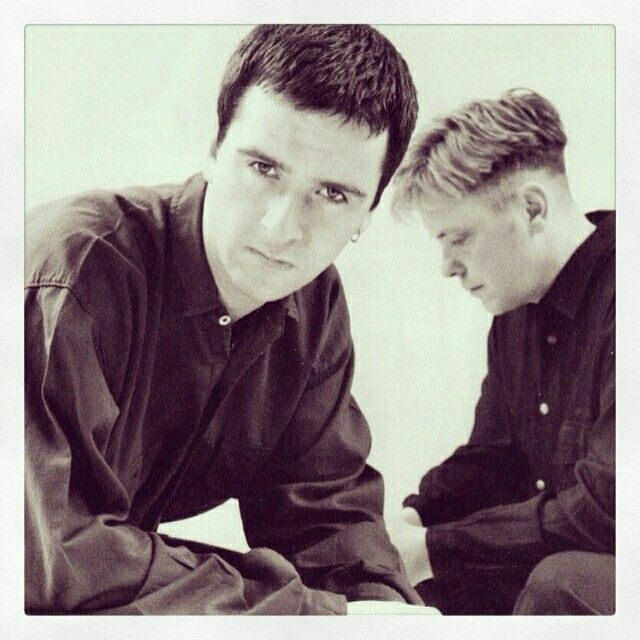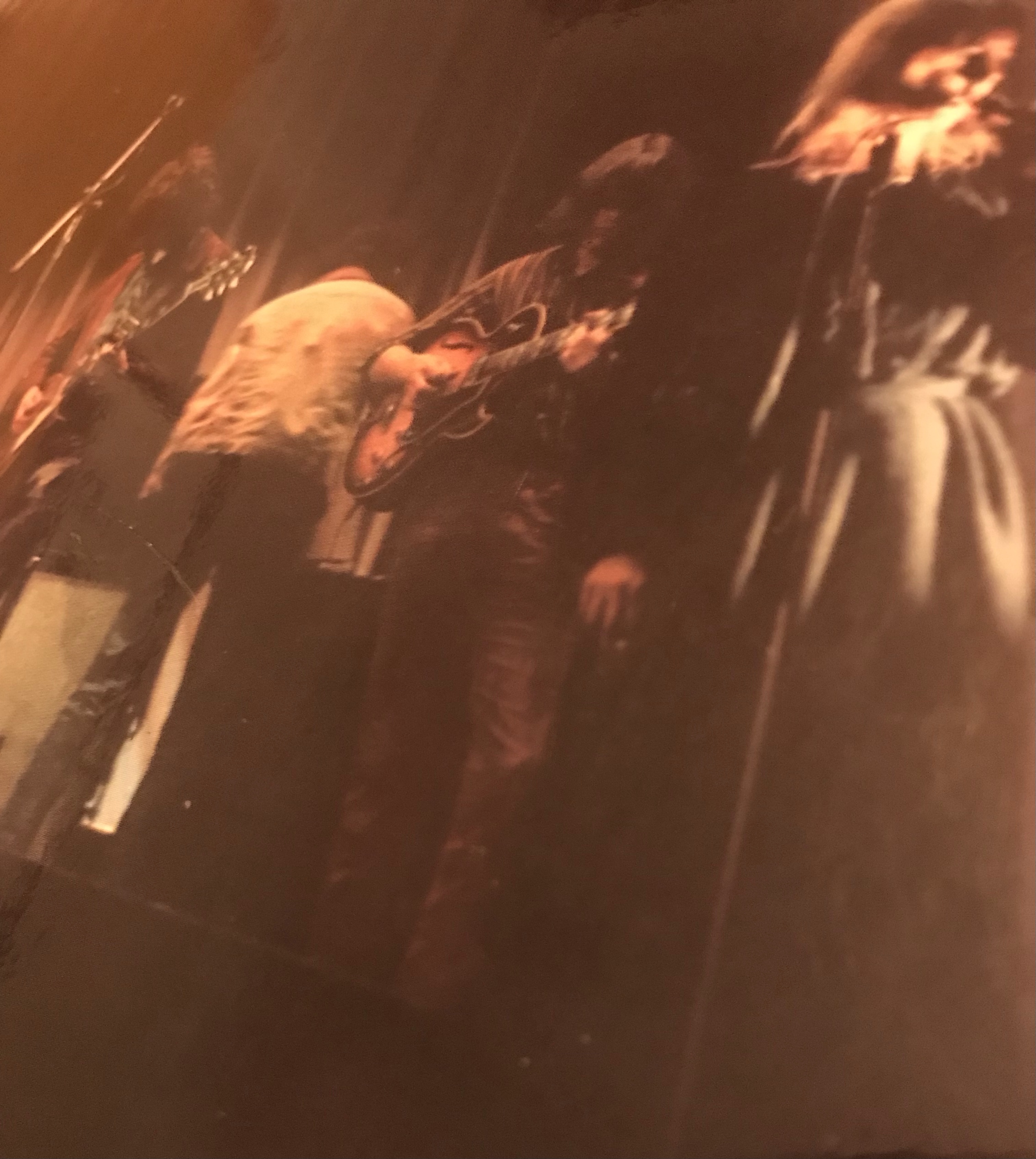The Dick Institute is a library, museum and art gallery in Kilmarnock. In recent years it has featured exhibitions of Quentin Blake’s artwork, the models of Aardman Animations, the writing of Michael Morpurgo and an interactive Lego installation. It serves the town well, an important totem of culture in an area often at the back of the queue when things like this are being disseminated. But that’s not important at this moment.
Panto season is in full swing just now. If you’ve seen one, you’ve seen ’em all; following a storyline as old as the hills, a pretty girl and a bequiffed, square-jawed handsome dude, at least one of whom is royal, are destined to be together, but only after evil is defeated.
Be it Sleeping Beauty or Beauty and the Beast, Jack and the Beanstalk or Aladdin, the principal characters of the cast rarely change. Puffs of smoke and sudden, polite bangs greet the fairy godmother, the jester/flunky/funny guy skips on stage in a multi-coloured costume, camply shouting “Hiya pals!” every 15 minutes and evil is introduced through a combination of dramatic music/lightning flashes/menacing clothing and hammy and knowing eyeball contact with the audience. Always, al-ways, a larger than life man fully embracing the concept of drag will drop innuendo after innuendo with every second line they deliver. (‘Haud that fur a meenit…whit ur ye worried aboot? It’s no’ hard!‘ etc etc.) Panto season is in full swing just now (oh yes it is) and I wouldn’t have it any other way. I love it!
I get to go with the school and I think the kids are sometimes more entertained at my reactions than they are with what is being delivered on the stage in front of them. I’ll happily boo the baddy and cheer the goody, even if some of the kids in my charge are far too self-conscious and cool for that sort of carry on. Lighten up, kids, this is great fun.
Panto is a goldmine of gaggery; souped-up dad jokes, punny and funny geographical sideswipes at neighbouring towns (‘It’s as barren and empty as the Ayr Utd trophy cabinet!‘), topical digs with references to popstars and current fads (“Six, seven!“) and a sprinkling of near the knuckle rippers that fly over the heads of many (but not all) school kids. The writers must have a blast.
“Ah walked tae Prestwick Airport yesterday. Finally goat there an’ met a coupla Caramel Logs. Ah says, ‘How long huv youse been a wafer?‘”
“Ah went tae a bar last week. Asked fur a pint. Some guy felt ma bum. Asked fur anither pint. The guy felt ma bum again. Anither pint. Same hing happened. Ah hink it musta bin a tap-ass bar.”
“…so ah says…’Oany mair o’ that and you’ll be gettin’ a kick in the Dick Institute.'”
The houses are full each day – twice – once in the morning for school parties and once again in the evening for anyone – and run for around 60 shows across December, a pretty grueling and full-on month of work for the actors and crew. From empty page at the start to dress rehearsal, I’ve no idea how long a pantomime takes to pull together, but there’s clearly tons of work in it. More power to these people. May their jokes never change.
From one dame to another…
“Whit’s the difference between Bing Crosby and Walt Disney?”
“Bing sings…and Walt disnae.”
Yeah. Jokes as old as the hills.
At some point in the early ’80s, writers started to refer to David Bowie as ‘The Dame’, a reference, I imagine, to the fact Bowie was by then one of the elder statesmen of the music scene. Little did those writers know, there were still another 30+ years of Bowie records and releases to come, some of which, history decreed, would stand shoulder to shoulder with his imperial mid ’70s phase. Meant as a slur, I’m not sure Bowie took any notice of it.
In September 1977, between the releases of Low and ‘Heroes’, David Bowie recorded a slot for Bing Crosby‘s Christmas TV special. Arriving with Angie in matching flaming scarlet hair, the producers had something of a panic, delicately requesting that Bowie tone down his image to balance that of the Slazenger cardigan-sporting Crosby. Off came the earing. Off came the lipstick. On remained the crucifix and on went a hastily concocted brown rinse for his hair. From the corners of the wardrobe department, a silk shirt and suit jacket were found. Bowie acquiesced, and regardless of the dramatic changes to his appearance, he is very much still the epitome of cool.
It was hoped that Bowie would accompany Crosby on a straightforward rendition of Little Drummer Boy, but after Bowie had told the show’s producers how much he detested the song, the show’s musical supervisors retreated to the basement and, breaking the land speed record for songwriting, wrote Peace On Earth as a counterpoint for Bowie to sing.
With less than an hour’s worth of rehearsal, Bing ‘n Bowie delivered a supreme take; crooned, sensitive, homely and Christmassy…all the more phenomenal when you stop to consider the music Bowie was making, and the lifestyle he was leading, at this time. Bing Crosby would call Bowie ‘a clean cut kid’ afterwards, ‘…a real fine asset to the show.’. Bowie would later claim he only did the show because his mum was a fan of Bing Crosby.
The recording, shown at Christmas 1977, wouldn’t make it to record until 1982 when RCA, very much against Bowie’s wishes, issued it in time for the Christmas market. It would peak at number three with sales in excess of a quarter of a million. A few months later, Bowie would leave RCA and join EMI, Let’s Dance a knowing twinkle in the old dame’s mismatched eyes.

